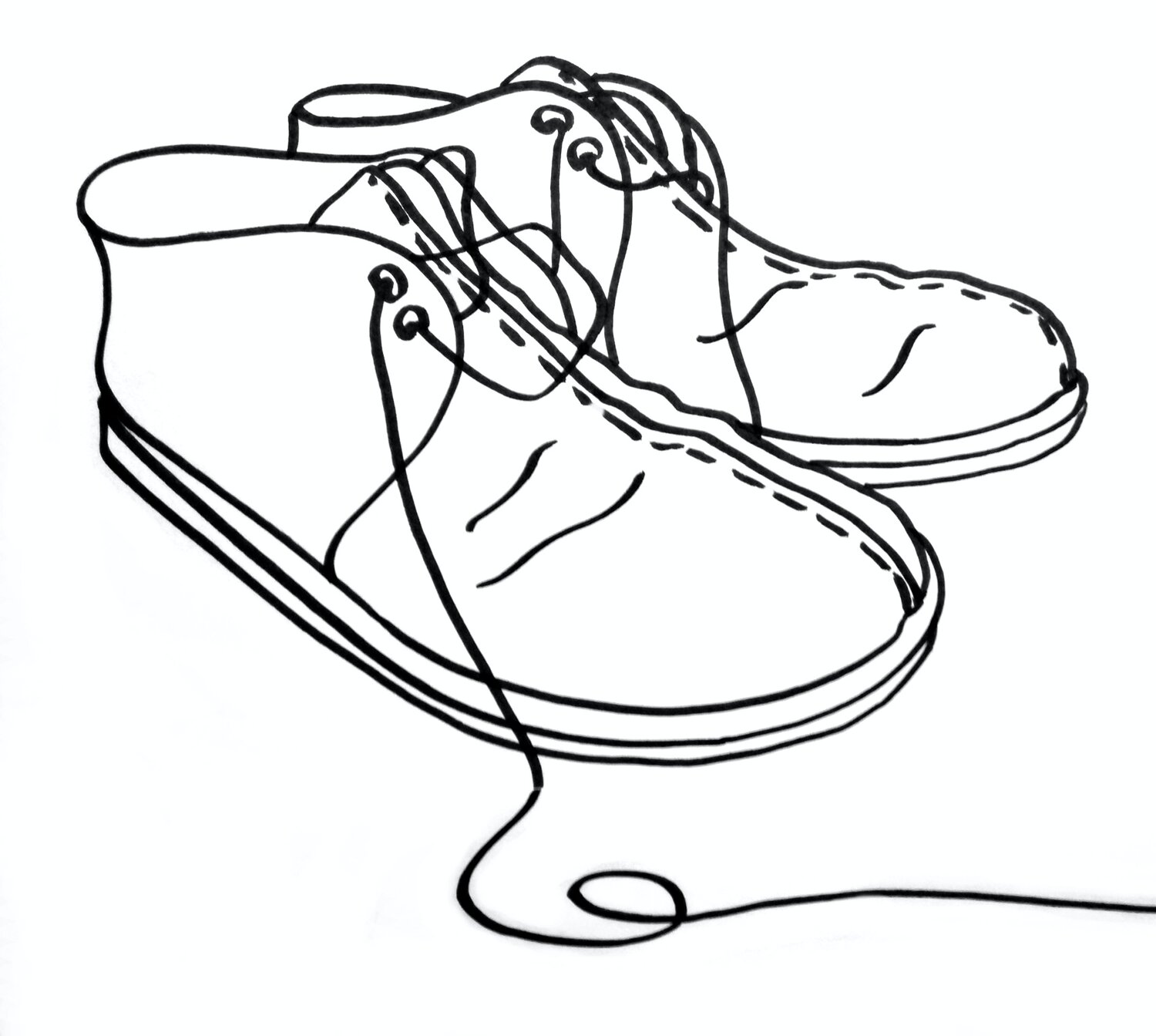‘Getting the shoes on the right feet’: Endorsement, Affect and Identification
Album cover for the Verve’s third album ‘Urban Hymns’ (1997) depicting Richard Ashcroft in his trademark Clarks Wallabees.
In December 2016 I delivered a paper based on a chapter of my PhD Thesis at the international End of Fashion conference convened by Professor Vicki Karaminas (Massey University) and Professor Hilary Radner (University of Otago). Hosted by Massey University, the conference was well-attended and provided an engaging opportunity to discuss the current and future state of fashion.
Abstract:
In an increasingly dynamic consumer culture academic studies have started to recognize brand identities as co-produced by both producers and consumers rather than determined and controlled by brand managers (da Silveira et al., 2013). This happens through ‘encounters’ (mediated or face-to-face) between the brand and the consumer. In their many solicited and unsolicited forms, endorsements account for a significant proportion of these encounters where a transference of identity is said to occur between endorser and product, reinforcing or changing consumer perceptions in positive or negative ways.
While existing literature successfully identifies endorsement as a key aspect of an evolving fashion system it does little to understand the ‘affective’ (Featherstone, 2010) and material nuances of how this process works in terms of embodied experience, perception and identification. Furthermore a focus on consumer perception neglects the reciprocal affects endorsements now have on producers, and the strategies incorporated by both to deal with changing meanings in order to maintain a coherent and ‘authentic’ identity, and save ‘face’ (Goffman [1967] in da Silveira et al., 2013: 31). Existing studies therefore continue to reinforce dichotomies between consumption and production, representation and experience, structure and agency.
With a particular focus on peer and celebrity endorsement this paper investigates the intersubjective processes of meaning-making that happen between the various bodies that materially engage with shoes throughout their ‘biography’ or ‘social life’ (Appadurai, 1986, Kopytoff, 1986). The study uses data from interviews, focus groups and observations with wearers and producers of Clarks Originals, a well-known culturally meaningful brand of shoe, to ask how people and objects ‘make’ one another, and how this process is mediated by representations. Ultimately, by understanding the visual and material in conjunction, shoes and their representations on the ‘right’ (or wrong) feet provide us with an opportunity to ‘reconceptualise’ or ‘re-materialise’ the visual as an embodied and material realm (Rose and Divya, 2012: 4).

